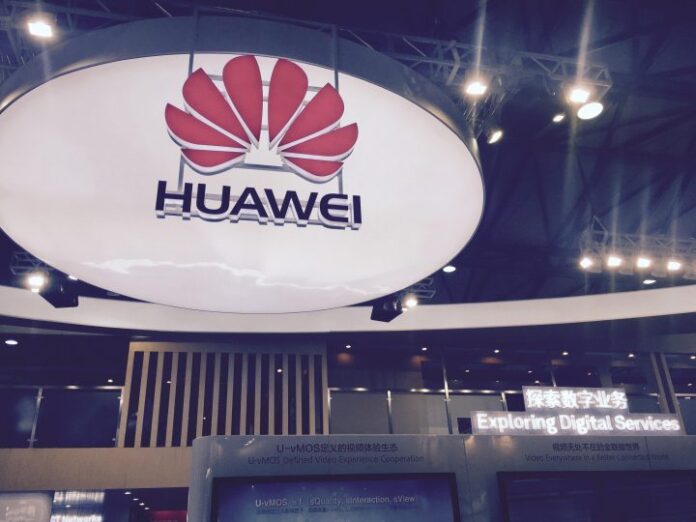Huawei claims the SOC 2.0 5G solution will provide on-demand services for all vertical industries.
BARCELONA, Spain – Huawei launched its Service-Oriented Core 2.0 platform, which it explained is a “5G” core solution for commercial use cases.
Huawei said the SOC 2.0 platform shows commercial 5G capabilities and enables access to 5G networks and services. This is said to include connectivity for terminals from various industries, as well as on-demand services for all vertical industries.
Huawei explained that in the 5G era, telecommunication networks will require a core network designed to support a variety of access modes and services such as autonomous driving and industrial controlling. SOC 2.0 is designed to help operators gradually build a 5G core network in three stages.
In the first stage, mobile operators will be able to reconstruct their infrastructure with cloud and software-defined networking technology. In the second stage, telcos will be to deploy virtual network functions based on a data center cloud architecture with key technologies to include C/U separation, cross-DC deployment and stateless design. In the last stage, carriers can deploy a standardized 5G core network on the cloud-based network architecture to support 5G services.
Huawei said it would be demonstrating the new platform at this week’s Mobile World Congress event with Deutsche Telekom and Vodafone.
In related news, Huawei also announced the launch of its 5G network slicing router. The new product is said to provide 50-gigabit per second Ethernet base station access and compatibility with 100G Ethernet; and achieves physical isolation of port channels based on flexible Ethernet technology to provide differentiated service level agreement guarantees, Huawei said.
The vendor said its network slicing router implements resource slicing from the control, protocol and forwarding dimensions, and that a full series of network slicing routers can generate end-to-end network slicing for specific 5G scenarios. The routing protocols of different network slices are designed to be independently configured to provide physically isolated slices for traditional 2G/3G/4G and other mobile services.
“Network slicing is the key technology that effectively enables diversified network features for different industries in the 5G era,” said Gai Gang, president of Huawei’s Router and Carrier Ethernet Product line. “The launch of the 5G network slicing router will effectively promote the development of 5G services and help operators quickly enter more vertical industries.”

